An interview with Agnieszka Maksymiuk - Finalist - Graduates in the Spotlight
Posted on
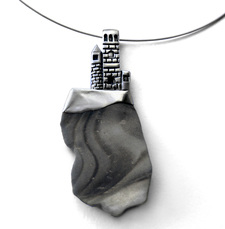 |
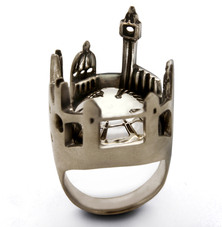 |
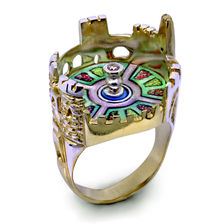 |
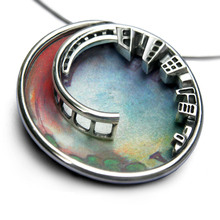 |
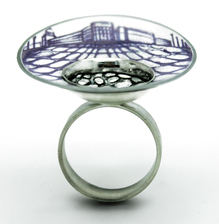 |
What inspired you to become a jewellery designer? |
||||
Posted on
 |
 |
 |
 |
 |
What inspired you to become a jewellery designer? |
||||
Posted on
|
History of the Engagement Ring
Ancient Rome The Engagement ring can reliably be traced back to ancient Rome, however some historians say early man tied plaited circlets around the bride's wrists and ankles to keep her spirit from running away. |
|||
| Ancient Rome had a few traditions such as in the second century BC the bride to be was given two engagement rings, a gold one she wore in public and an iron one she wore at home while doing the housework. Another tradition that symbolised ownership by the groom was to give their prospective wife a ring attached to small keys that belonged to him. We found these pictures of early Roman 'Key Rings' there is no mention that these were engagement rings but they are extraordinary beautiful and at the time very useful as the Romans did not have many pockets for their keys! | 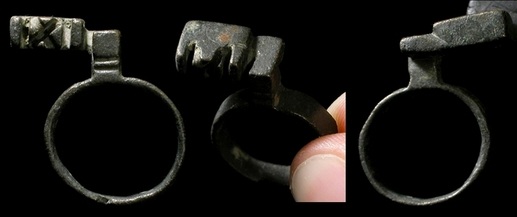 |
||
|
|||
|
Diamond Engagement Ring History
The ornate and sentimental Victorians popularized engagement rings with mixed precious metals, enamels gemstones and diamonds. They would often be made into intricate patterns and flowers you can see a great collection of this type of jewellery at the Cheapside Hoard exhibition in London. Diamond rings crafted during the Edwardian era continued the tradition of pairing diamonds with other jewels, commonly mounted in filigree settings. Diamonds were too rare and expensive for the less wealthy citizens until the discovery of diamonds in south Africa in 1870, where the De Beers company became the sole owner of these mines. Diamond engagement rings however are quite a recent innovation first becoming popular in 1930's, by 1965, 80 percent of all new brides in the united states owned one. |
|||
| The Eureka Diamond
We found this great story of how the first diamond was discovered in South Africa which is now the diamond capital of the world. It began with a 15 year old boy named Erasmus Jacobs whose father owned a farm on the orange river near Hopetown. Erasmus had helped his dad unclog a water pipe by finding a long stick, after he had found the perfect stick he sat under a tree to rest and spotted something shining in the heated afternoon sun. He went over and saw it was a stone and picked it up and placed it in his pocket. After helping his father he started to play “5 stones” with the diamond, his mother noticed the shine and mentioned it to their neighbour, Shalk Van Niekerk. He was intrigued by the stone and offered to buy it from Erasmus who instead of selling it gave it to him saying “you can keep the stone if you want it,” little did he know this was now to be known as the whopping 21.25 carat Eureka Diamond. |
|||
 |
|||
Posted on
|
|
In this tutorial we will be showing you how to create granulation with three small pieces of 18 carat gold. You can use any left over pieces of silver or gold. Granulation detail are great for using as organic detail in jewellery or if you want to create a bubble effect. It is easy to create granulation with metals of a lower melting point. If you wanted to create granulation with platinum for example, because of it's high melting point you would have to use a specialised blow torch rather than a standard jewellers blow torch. |